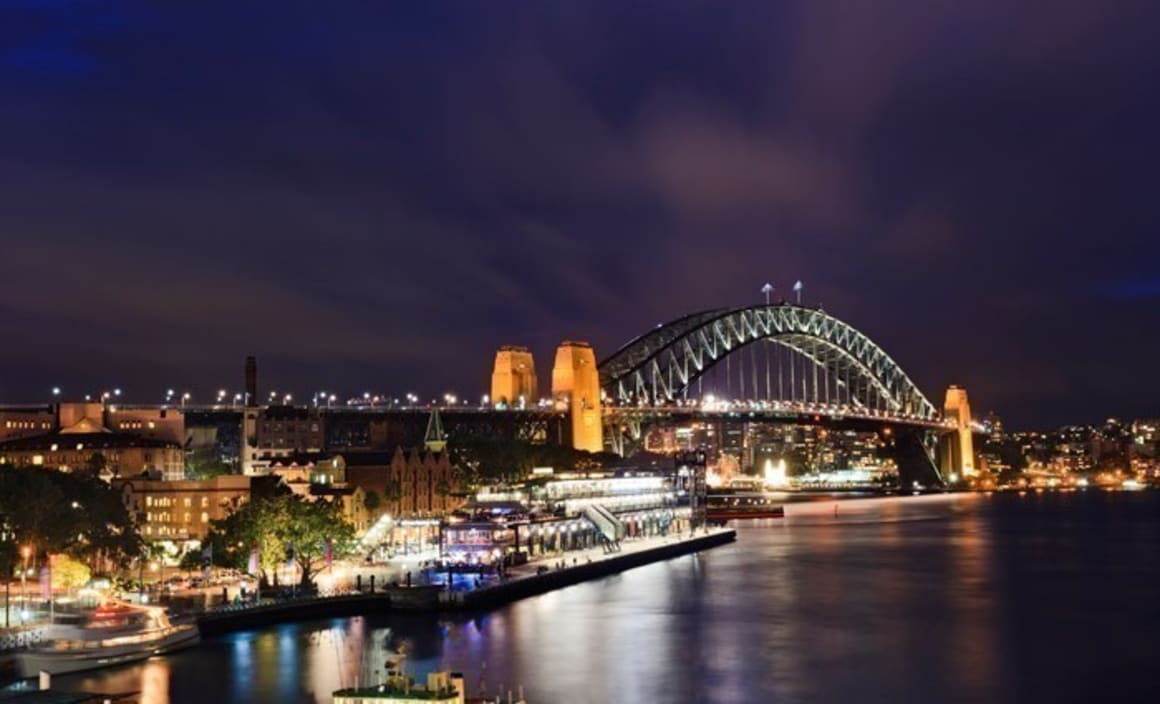The slippery slope to Sydney and Melbourne apartment surplus: Terry Ryder

The NSW Government has said it will spend another $400 million to make land for housing shovel-ready and $19 million to create a planning body to oversee a plan to build 664,000 homes in 15 years.
This addition to the Housing Acceleration Fund adds to the $566 million invested since its inception in 2012 and suggests the State Government subscribes to the shortage theory.
But there’s another perspective on dwelling supply in Sydney – one that points to looming oversupply because of an overbuilding of apartments, a syndrome that’s rapidly spreading to all the capital cities of Australia.
Dr Nigel Stapledon of the University of NSW is one of those who believes Sydney is building too many apartments. Stapledon’s views deserve respect as someone who has comprehensively researched real estate in Australia, including one vast assignment which examined prices and rents going back more than a century.
In a recent report, Stapledon said Sydney is about to be hit by a wave of new units, resulting in falling prices and rents in 2016.
Stapledon said 13,000 new units will hit the market in Sydney before the end of the year. And an average of 28,000 new units will be completed each year for the next three years. Stapledon said that figure is more than double the historical average – between 2005 and 2014 an average of 15,700 new units were completed each year.
The increase in supply could result in prices falling "north of 10%" within the next nine months, he said. The first sign of the slowdown will be an increase in rental vacancies followed by lower rent prices and a decline in investor demand.
His views make sense to me as recent history around Australia has shown that the one factor that can cause prices to fall significantly is an oversupply of dwellings. We’ve seen it recently in Gladstone in Queensland, the Hunter region in NSW and Port Hedland in WA, where a major lift in supply has been the big factor is sending a former boom into reverse. We’ve seen it in the past in apartment markets, including the Gold Coast and Melbourne.
If Stapledon is right, Sydney will join Melbourne, Brisbane, Perth and Darwin as capital cities which already have, or will soon have, serious gluts of inner-city apartments.
It seems every research entity relevant to Melbourne real estate has joined me in warning about the overbuilding of inner-city units. But new projects keep on coming.
The latest mega project is an application for six towers in Fishermans Bend, with 1,580 units in a $600 million development south of the West Gate Freeway. Meanwhile, a 600-unit project has been proposed for South Kingsville and VCAT has approved a 450-unit project at South Yarra.
Melbourne may be the population growth capital (Melbourne added 95,600 to its population in 2014, compared to Sydney’s 84,200) but there are limits to how many units are needed – and to how many can be flogged to Asian investors.
The issue with Melbourne’s unit over-kill is not just the number being built – it’s also the size of them. On 5 July, The Age reported that “units with not enough space for basic activities such as eating at a dinner table” are planned for a new CBD tower. The 250m tower at 280 Queen Street by Brady Group has been branded too tall and bulky by council planners, who also found many of its 589 units were under-sized.
The planners’ report said: "Many of the units are too small to allow for basic daily activities and functions such as eating at a dining table, or having a dressing table in the bedroom whilst maintaining access to the wardrobe."
Although there will be 46 three-bedroom units, the planners said most were less than 70m2 - the minimum size for a two-bedroom unit in Sydney.
According to council research, many bedrooms in Melbourne's high-rises do not have natural light. There’s a growing trend towards small floor plans, with 40% of the city's units less than 50m2.
For all the above reasons, Melbourne inner-city apartments are shaping as very bad investments. You have wonder about the mentality of the investors who are lining up to buy them. Research is clearly not part of their process.
And it looks like Sydney is heading down the same slippery slope to surplus.
TERRY RYDER is the founder of hotspotting.com.au. You can email him or follow him on Twitter.
Terry was recently joined by Property Observer editor at large Jonathan Chancellor for a webinar on why research is the key to successful property investing in 2015. You can download slides and audio from the webinar here.